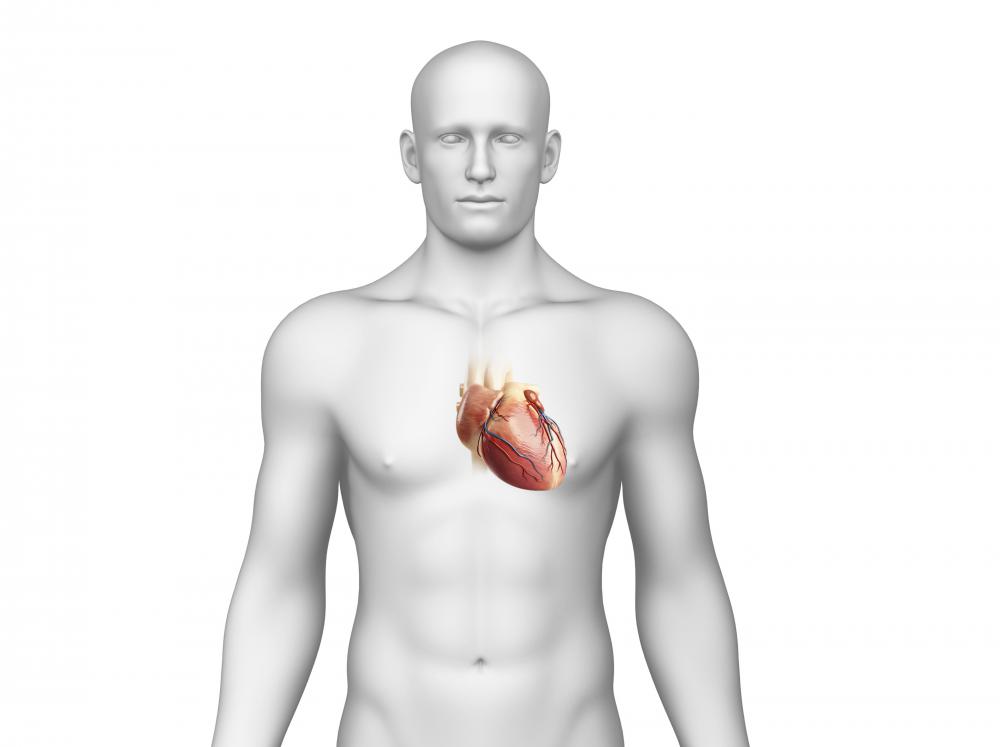At WiseGEEK, we're committed to delivering accurate, trustworthy information. Our expert-authored content is rigorously fact-checked and sourced from credible authorities. Discover how we uphold the highest standards in providing you with reliable knowledge.
How do I Choose the Best Peripheral Vascular Disease Treatment?
If you suffer from peripheral vascular disease there are several types of treatments you and your doctor can consider, including medical procedures, medications, and surgery. Several factors must be taken into account when peripheral vascular disease treatment is planned, such as the severity of the condition, the overall health of the patient, and the long term prognosis indicated. This disease is characterized as a disorder or disease of the arteries and veins outside of the heart and brain, though it most commonly refers to the build up of fatty material called atherosclerosis within the walls of venous tissue. The condition is commonly referred to as hardening of the arteries, and poses serious risks to the person's health. Patients, with the advice of their doctors, are encouraged to choose the best treatment for their individual situation.
Most people are familiar with angioplasty and stents, two common peripheral vascular disease treatments. Angioplasty refers to the practice of inserting a catheter into the affected artery, taking images to learn the extent of the damage, and inflating a balloon device within the artery. The balloon pushes the fatty material aside, allowing for improved blood flow. You and your doctor may decide to use this procedure along with stent placement as a peripheral vascular disease treatment. While the catheter is in place, the doctor will implant a permanent stent in the affected artery to ensure the passage remains open.

Another option pertaining to the treatment of peripheral vascular disease is prescription medications. There are currently two popular and approved medications for this purpose. Pentoxifyline is thought to be effective through making the red blood cells more flexible and decreasing the viscosity of the blood, aiding more effective blood movement through the arteries and veins. The other peripheral vascular disease treatment medication is cilostazol, which prevents blood platelets from clumping together and works to dilate the blood vessels for improved flow.

In severe cases of peripheral vascular disease, you and your medical team may choose surgery as the only option in treating the condition. An arterial bypass consists of removing the long sections of affected blood vessels and replacing them with healthy harvested or synthetic vessels. This procedure helps restore normal blood flow through the affected region and can be instrumental in protecting the heart, lungs, and brain from potentially deadly blood clot trauma. The bypass surgery is only recommended for cases where other peripheral vascular disease treatment options have proven ineffective.
AS FEATURED ON:
AS FEATURED ON:















Discuss this Article
Post your comments